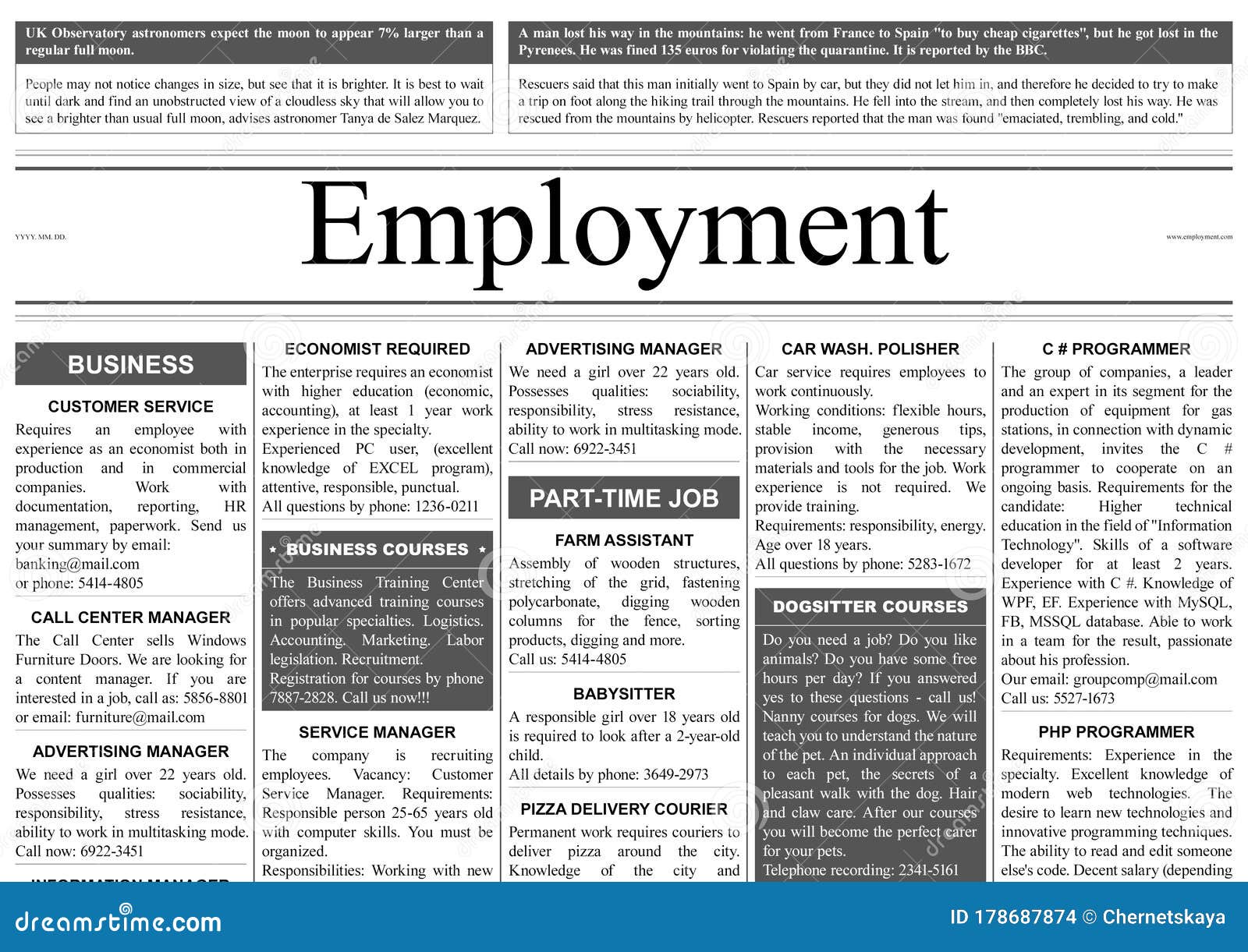Minimum qualifications:
- Bachelor's degree in Electrical Engineering, Computer Science, or equivalent practical experience.
- Experience working on main interconnects, direct memory access (DMA), controllers, and power management.
$ads={1}
- Experience capturing design specification in a temporal assertion language such as SVA or PSL.
Preferred qualifications:
- Master's degree or PhD in Electrical Engineering or Computer Science.
- Experience with scripting languages, such as Python.
- Experience working with formal verification tools, such as JasperGold, VC Formal, Questa Formal, or 360-DV.
- Understanding of formal verification algorithms.
About the job
Our computational challenges are so big, complex and unique we can't just purchase off-the-shelf hardware, we've got to make it ourselves. Your team designs and builds the hardware, software and networking technologies that power all of Google's services. As a Hardware Engineer, you design and build the systems that are the heart of the world's largest and most powerful computing infrastructure. You develop from the lowest levels of circuit design to large system design and see those systems all the way through to high volume manufacturing. Your work has the potential to shape the machinery that goes into our cutting-edge data centers affecting millions of Google users.
The Google System Infrastructure team aims to build an exceptional cloud for Google services and for Google Cloud customers by solving real world business challenges of performance, cost, and scale, utilizing unique hardware, software, and system solutions.
Google's mission is to organize the world's information and make it universally accessible and useful. Our team combines the best of Google AI, Software, and Hardware to create radically helpful experiences. We research, design, and develop new technologies and hardware to make computing faster, seamless, and more powerful. We aim to make people's lives better through technology.
Responsibilities
- Plan the formal verification strategy and create the properties and constraints for complex digital design blocks.
- Utilize formal property verification tools combined with formal verification closure techniques to verify properties.
- Resolve difficult to verify properties. Contribute improvements to methodologies to enhance formal verification results.
- Architect and implement reusable formal verification components.

